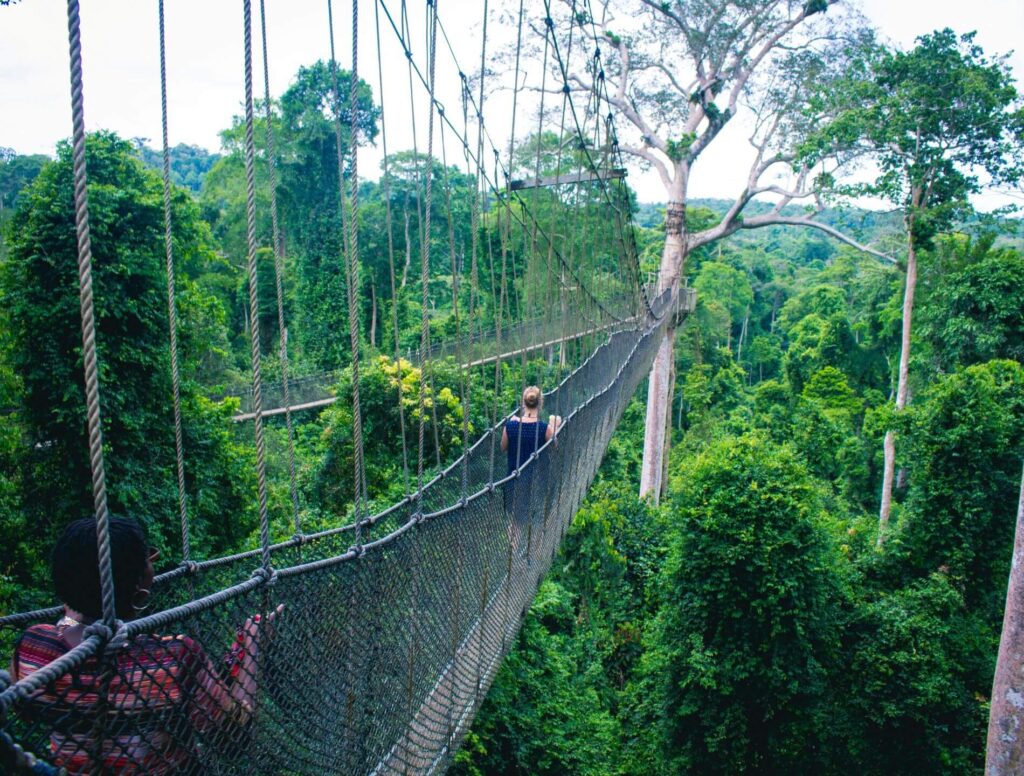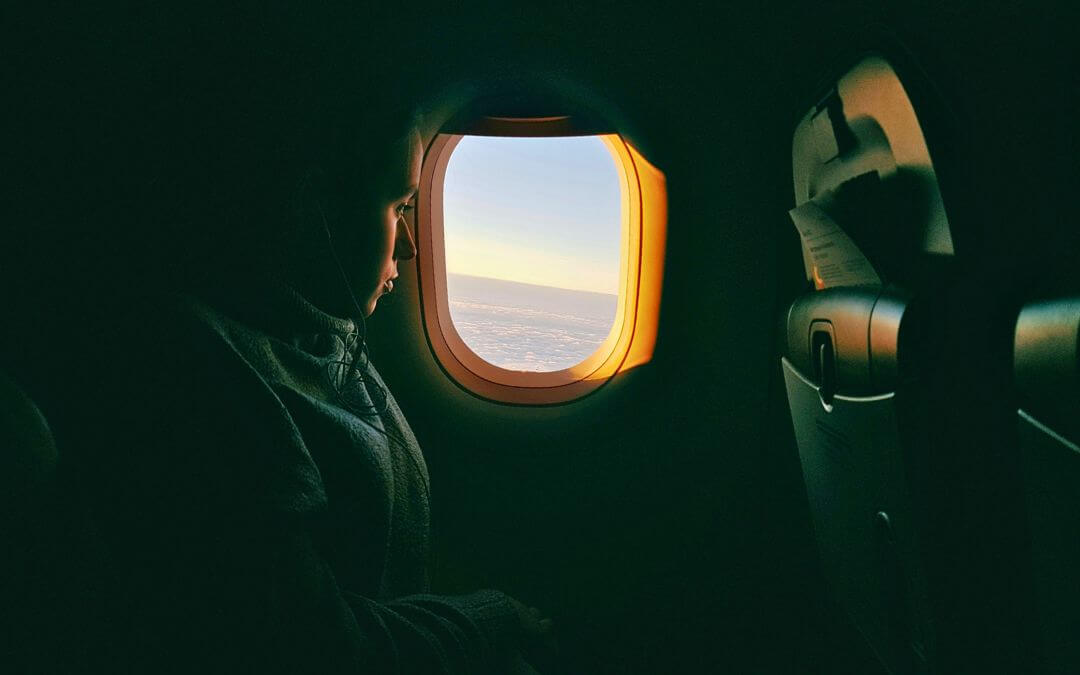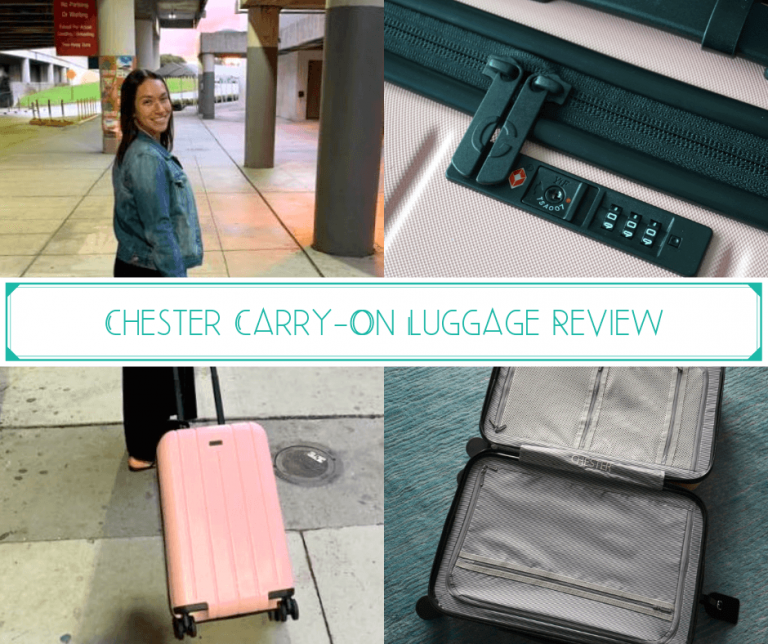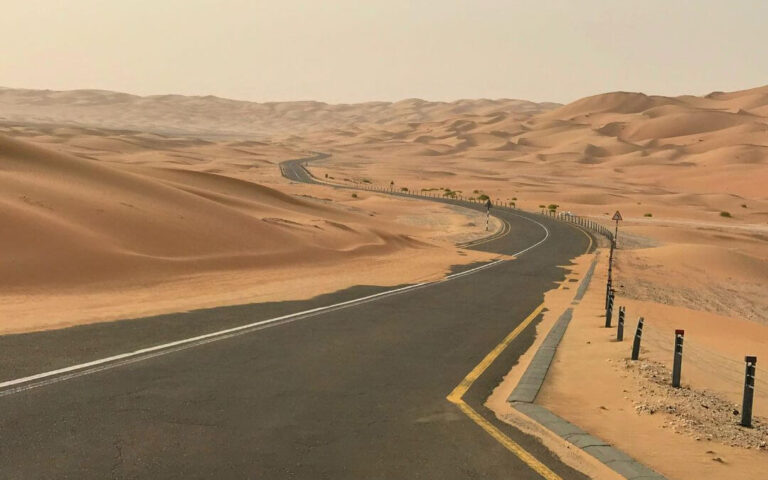How To Practice Mindful Travel And Enjoy Every Moment Of Your Trip
Mindful travel. Things you can do to travel purposefully and in a way that will carry your memories with you long after you’ve returned home.
We can escape our routines and focus on locations, people, and perspectives when we travel. We risk turning our excursions into rushed to-do lists if we don’t prepare, move, and think about them. To make motion meaningful, we must be present from our chosen destination to the peaceful minutes at home. We must let each stage mold our experience and memory.
Mindful travel underpins this approach. This approach is characterized by a restrained yet open-hearted stance that prioritizes observation over speed and depth over volume. It begins with intention—why are you here?—and continues with awareness-boosting techniques like slowing down, noticing your sensations, courteous talks, and moral choices. Set presence as the default to convert itineraries into live classes instead of just viewing sights.
Also read: 7 Productivity Tips for Digital Nomads Who Work on the Go
Determine Your Goals Before You Go
Start by setting one or two trip goals. Write them down on your phone or notebook cover. Intention filters situations that align with your ideals and avoids those that distract you. When there are several options, return to the statement and ask if each action supports or hinders your aims. This pre-travel commitment keeps individuals from growing tired of choosing and keeps the trip focused on purpose rather than speed.
Make Lengthy Itineraries
Set aside extra days. A maximum of two significant experiences—like a morning museum visit and an afternoon neighborhood walk—leaves room for chance. Mindful travel leaves gaps so people can converse, walk farther, or relax in a park. Being roomy reduces delay stress by turning interruptions into opportunities to observe rather than get upset.
Plan to Use All Your Senses
The present is a sensation—set daily sense-focused moments. For instance, walk quietly and notice the earth beneath your feet, savor the tastes and scents in a café, and watch the sunset from a balcony. Shortly describe what you saw, not what you did. This technique improves subtlety detection, making everyday situations more vivid and memorable.

Employ Technology Strategically
Devices improve or degrade attention. Before leaving, set limits: maps and language tools, but no constant social feeds. Take many pictures—one five-minute session at each site—then put the phone away. Digital journalists may want to use airplane mode to avoid notifications. Turning technology into a precise tool instead of background noise preserves the atmosphere of the location you visited.
Be Culturally Humble When Moving
Sustainable presence implies respecting guests. Learn how to say hello, be helpful locally, and avoid certain pitfalls. Obtain permission before photographing individuals or sacred locations. Hire local companies that treat their employees well. Every traveler makes mistakes, so apologize and change. Humility shifts engagement from taking to giving, providing insights that rushed visitors can’t acquire.
Let Yourself Rest and Contemplate
Paying attention requires effort. Sleep well, drink water, and walk gently daily to reset your neurological system. When the afternoon ends, write three paragraphs on what shocked you, what you learned, and what you’re grateful for. This technique ‘unmuddies’ experience.

Take Lessons Home
Being there should outlast the ticket. Take a moment to reflect on your purpose and document your thoughts upon your return. Start one behavior, like putting your phone away during meals or going for a weekly neighborhood walk without a plan. Again, the vacation teaches and shapes career, relationship, and community decisions.
Last Footprints: Homecoming
The best memories are from practices that make you focus and care. Purpose, pacing, sensory awareness, moral involvement, and recovery can transform travel from a list of places to an education in the present. If you return to that perspective, your neighborhood streets will be as interesting and valuable as any alleyway abroad. This will prolong the travel after you’ve unloaded.







